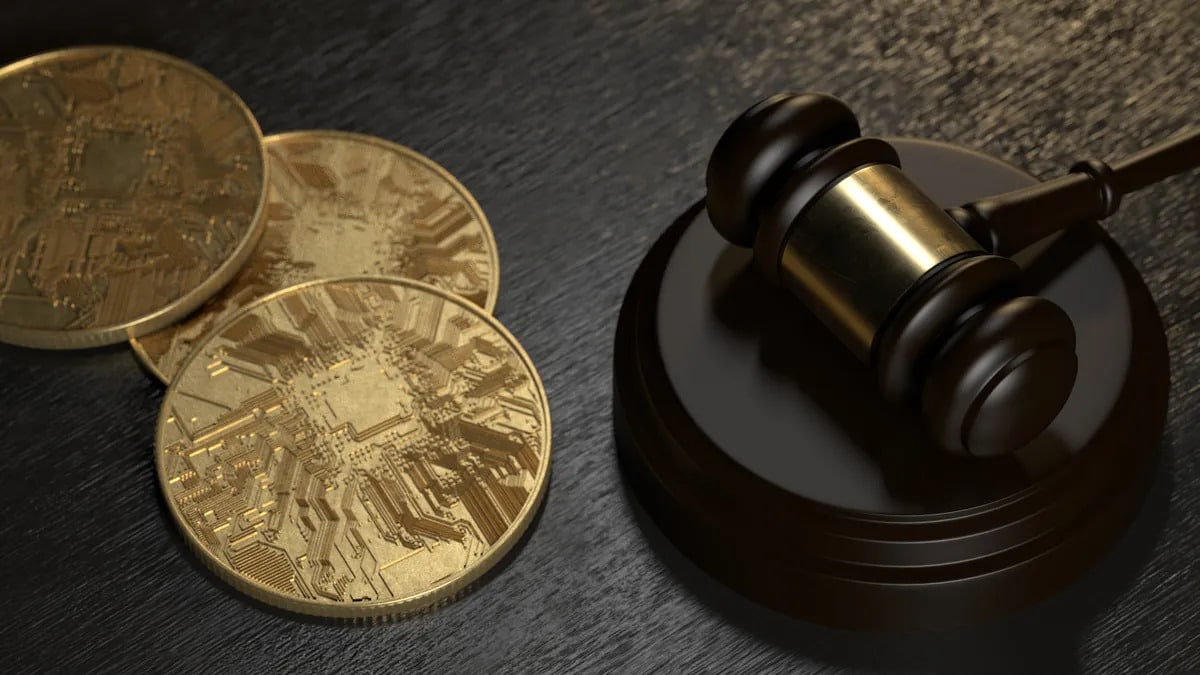We are evolving towards a digital world that is dependent on computers and technology and can no longer function without it. This includes manufacturing enterprises and factories.
CNC machines, such as those manufactured by MRO Electric, have proven to be of great use to manufacturing facilities, which employ them in a variety of processes, including cutting, measuring, and assembly, amongst others.
What exactly is meant by the abbreviation CNC (Computer Numerical Control)?
In light of the fact that this is just a quick introduction to CNC machines, let us begin with the components that make up CNC machines. CNC is an abbreviation that stands for “Computer Numerical Control,” which refers to the use of a computer and CAM software for the purpose of monitoring, controlling, analyzing, and automating the motions of the machines.
Now, CNC machines can be of various kinds because they are used for a variety of purposes, such as a CNC grinder, a CNC milling machine, a CNC metal sheet stamping machine, a CNC welder, a CNC lathe machine, a CNC router, a CNC laser cutting machine, and so on. Other examples of CNC machines include a CNC metal sheet stamping machine.
For most CNC machines, the controlling computer is an inside device; however, if the machines aren’t utilized in an industrial setting but rather as a hobby, an external computer system may be used instead. This distinction is made depending on the configuration of the manufacturing company where the machines are used.
In most cases, the CNC controller is used in conjunction with a number of different drive and motor components. These components are in charge of the movement and control of the machine’s axes, as well as making sure that everything is carried out in accordance with the movements that were programmed.
If the CNC cutting machines are a part of a more comprehensive manufacturing business, there is often a more sophisticated feedback system that continuously adjusts and checks the position and speed of the CNC cutting machines.
What particular restrictions do computer numerically controlled (CNC) machines have?
CNC machines may have anything from one to an infinite number of axes, each of which can rotate or move linearly. Both axes of motion are standard on many CNC machines. For example, CNC water jets have X and Y as their liner axes, but the majority of CNC milling machines have Z, X, and Y as their liner axes.
There may be certain constraints imposed on the machine’s drive systems and control in accordance with the level of development that the CNC machines have reached. The majority of CNC machines are only capable of moving in straight lines or in circular arcs. The earlier generations of CNC machines have fewer capabilities and a slower processing speed than the more recent generations of CNC machines.
What Is Meant by “Computer-Aided Manufacturing” & “Computer-Aided Machining”?
In most cases, the term “CAM” refers to the process of using various software packages in order to generate an NC code and certain tool paths that are required in order to run and control a CNC machine. The majority of the time, the software bundles are constructed using CAD (or 3D Computer Model) data.
It is very important to keep in mind that CAM is not in charge of operating a CNC machine; rather, its only function is to generate an NC code that the CNC machine may follow. CAM is not considered to be an automated procedure since it is not utilized to import the necessary CAD in order to generate the appropriate NC code or G-code. CAM stands alone as its own category.
However, in order to get the greatest results from CAM software, you need to have professional expertise and knowledge in areas like machine strategy formulation, operating the CAM program, and knowing exactly what tools and operational strategies you should employ in certain situations.
Related Posts





